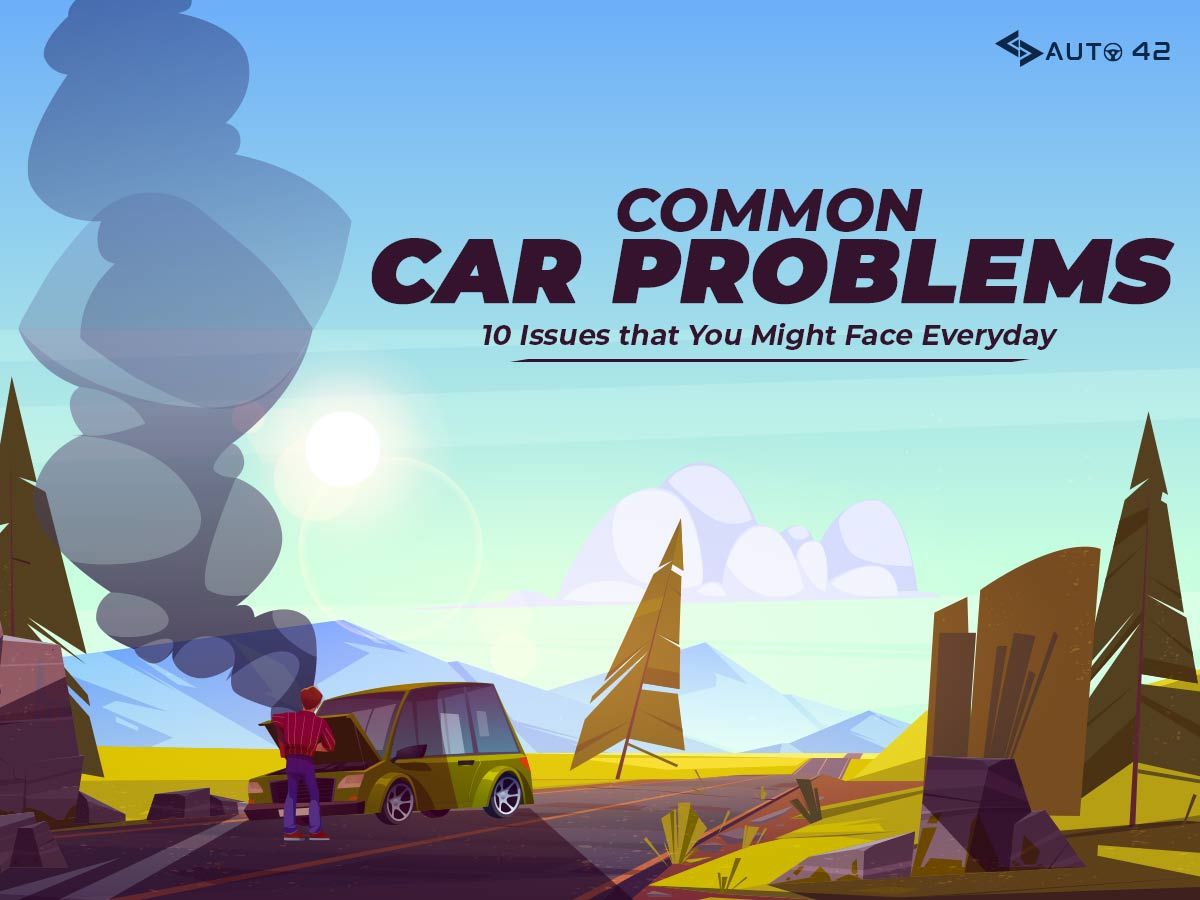A machine is not supposed to last forever, and after years of being time-tested in varied settings, it is certain to fail. The same is true for vehicles; even though modern-day cars are as tough as they come, there are a variety of car problems that might cause a car to break down now and then.
Routine repair and maintenance are critical to keeping your car, truck, or SUV running smoothly. However, car problems occur occasionally, and each vehicle will exhibit specific warning indications. We’ve compiled a list of the most frequent car problems to help you avoid breakdowns and costly repairs.
When you start your engine, you will hear a distinct pop sound. We all know that internal combustion in an engine happens as a cycle of intake of an air-and-fuel combination, combustion, and emission of fumes.
Discharged or dead battery

A dead or depleted battery is a relatively one of the common car problems reported. There are numerous reasons for your car battery to sleep, including leaving electricals on when not in use, faulty charging, parasitic drain, a defective alternator if the battery is beginning to show its age and the COVID-19 Lockdown special of leaving the car unused for an extended period.
These conditions can cause a car battery to rapidly deplete, rendering your vehicle inoperable when you need it. So, if you ever find yourself in this predicament with your automobile, you have two options:
- Jump starting the automobile requires a jumper cable and a donor car whose battery will be used to charge your car. Connect the jumper cable’s positive and negative terminals to the positive and negative terminals of the donor automobile battery accordingly. Then start the donor vehicle and drive it for a few minutes. After some time, your car battery should be sufficiently charged for ignition. At this point, you should try to start your automobile.
- Charging the battery: If you have access to a mechanic in the event of a car battery discharge, the best thing to do is have the battery removed. The mechanic charge it to regain all of its energy. These methods may work a couple of times. However, suppose your car battery is still not responding after attempting both methods. In that case, you should probably consider purchasing a new battery for your automobile.
The car is pulling to one side.

You’re travelling along the highway or simply returning from work when you notice your automobile hurling itself to the railing. You have to use additional effort to maintain your car straight. For a new driver, this may be a terrifying situation.
But don’t worry, nothing bad has occurred to your automobile; it’s simply that it’s out of alignment, which means that all four wheels aren’t pointing in a straight line and are off their normal angle with the road while going. What is the solution, you ask? Get your car’s wheels aligned.
Wheel alignment should be checked every 6,000-8,000 miles to avoid serious damage to the wheels or the car’s suspension.
Uneven tire wear
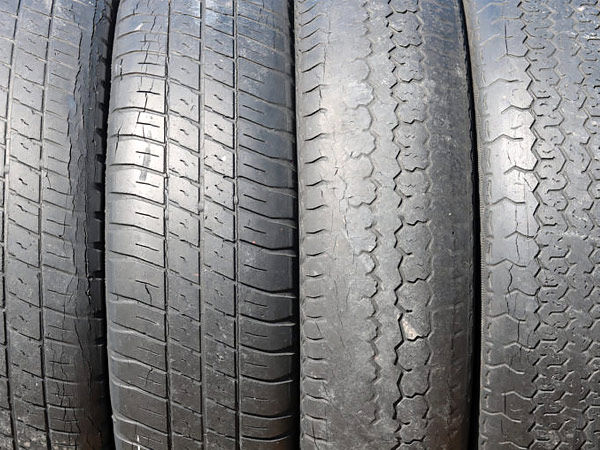
After many daily drives and road excursions, you begin to observe atypical tyre wear. The tread wear of one tyre does not match the rest of the tyres, and this implies you must get your wheels balanced as soon as possible. Surprisingly, a car’s front tyres are more prone to uneven wear due to increased pressure and weight imbalance.
As a result, the most efficient way to minimise uneven tyre wear is to have your wheels balanced or to replace the problematic tyre with a spare.
Overheating of the engine
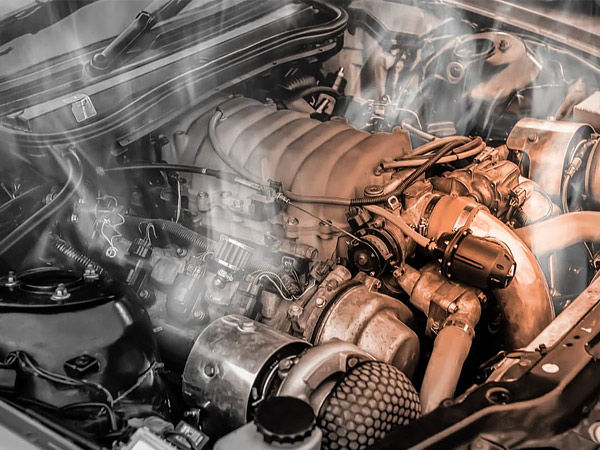
Releasing power from an engine is extremely hot, and components such as radiators are used to maintain the heat at an optimal level for effective combustion. So, suppose your car’s temperature gauge becomes entirely red while driving and your engine overheats unexpectedly. In that case, it’s a sure sign that something is wrong with your cooling system.
The most prevalent cause of engine overheating is a low coolant level. Because your car’s normal service usually includes a coolant top-up, the major cause of low coolant is irregular servicing.
So, if your automobile is frequently overheating, check the coolant levels and make sure they are enough.
Fading and chipping of car paint
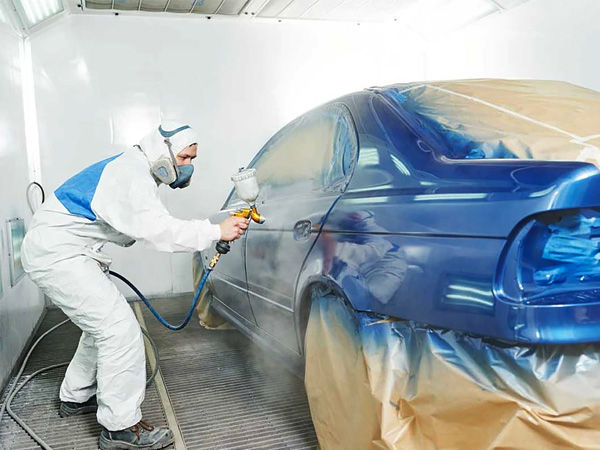
Suppose you park your automobile in the open. In that case, you will see the paint progressively fading and chipping away from various areas surrounding the car. The primary causes of these include ultraviolet radiation from sun exposure, rust, low-quality cleaning chemicals, vigorous washing, and so on.
However, they are not permanent and can be fixed; simply take your automobile to a skilled car body shop, and they will paint it to appear as good as new. In addition, there are a variety of high-quality coating kits available on the market to assist you in preserving the natural hue of your car’s paint for an extended period.
Low fuel efficiency
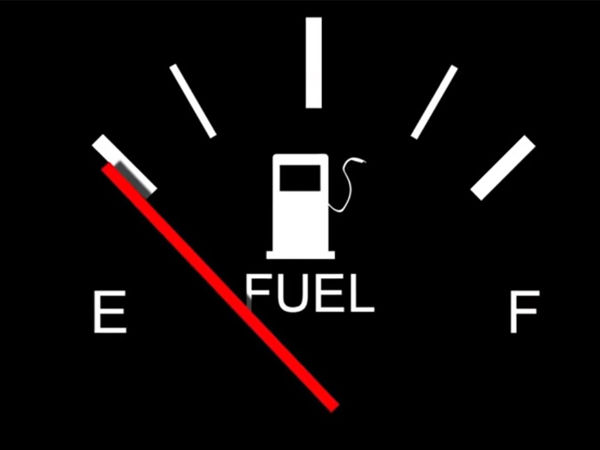
Even though aggressive driving is one of the primary causes of your car’s poor fuel economy. However, suppose your car’s fuel economy suffers despite your efforts to be a good driver. In that case, it’s time to have it serviced. Delays in automobile service can cause parts such as spark plugs, O2 sensors, fuel injectors, and air filters to get filthy and clogged, preventing them from functioning properly for maximum fuel combustion.
If a result, comprehensive auto service ensures that all such parts are cleaned or replaced (as needed), and you can get your car’s fuel economy back on track.
Also Read, You Might be Killing your Car: 10 Habits that Hurt your Ride
Smoke from the Exhaust
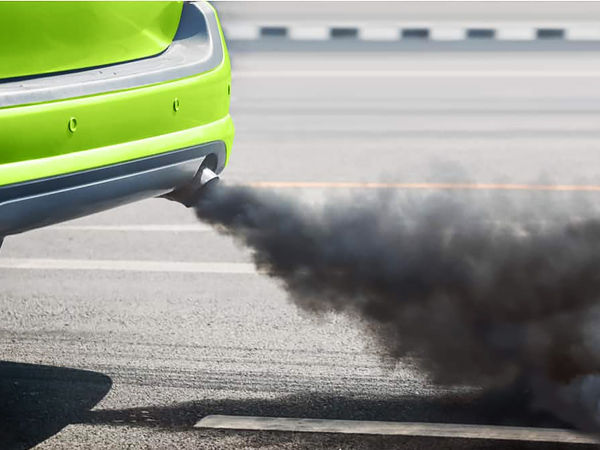
Unusual smoke coming from your car’s exhaust is never good, and different colours of smoke tell a different problem.
- White or grey smoke indicates that coolant is being combusted with the gasoline and a leak anywhere in the engine block, cylinder head, or head gasket.
- Blue smoke: Blue smoke shows a leak in the valve seals or guides or that the piston rings have worn out, allowing engine oil to enter the combustion chamber and burn alongside the fuel. As a result, Blue Smoke.
- Black smoke indicates that too much fuel is being burned in the combustion chambers due to a fuel injector leak, a blocked fuel pressure regulator, or a blockage in the fuel combustion pipe. This is more common in older vehicles. It is critical to have the leaks examined by a specialised technician in such cases.
Engine oil is low.

Low engine oil levels can substantially reduce engine performance. Something that is, once again, the result of delayed automobile service and aggressive driving. Running your automobile with a low engine oil level is dangerous since it causes significant wear and tears on numerous engine components. So, to avoid significant engine damage, it is critical to fill off the engine oil regularly.
Brakes That Squeal
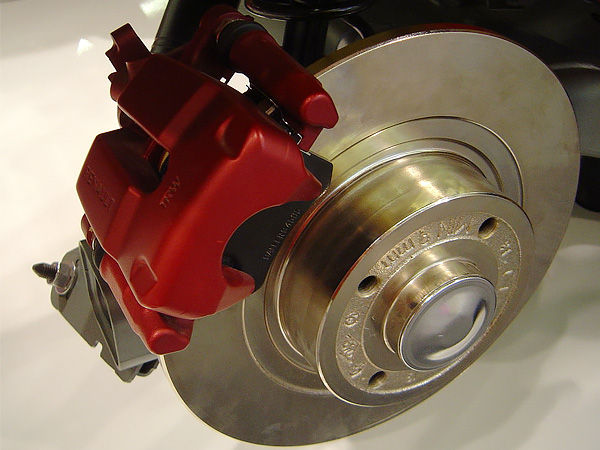
Squealing brakes are both uncomfortable and dangerous, and it is caused mostly by worn-out brake pads. Overspeeding frequently implies that the brakes are used more than normal, resulting in excessive wear of the brake pads.
Ignoring shrieking brakes is not a smart idea since less responsive brakes can lead to serious accidents. As a result, your brakes go all high pitched as soon as you hear your brakes go.
AC cooling is insufficient.
There is no way, especially in nations like India, where we use the air conditioner in our automobiles for the majority of the year, that we can let the AC go bad. An AC gas leakage normally impacts the cooling of the automobile AC. A clogged or faulty compressor is another issue.
